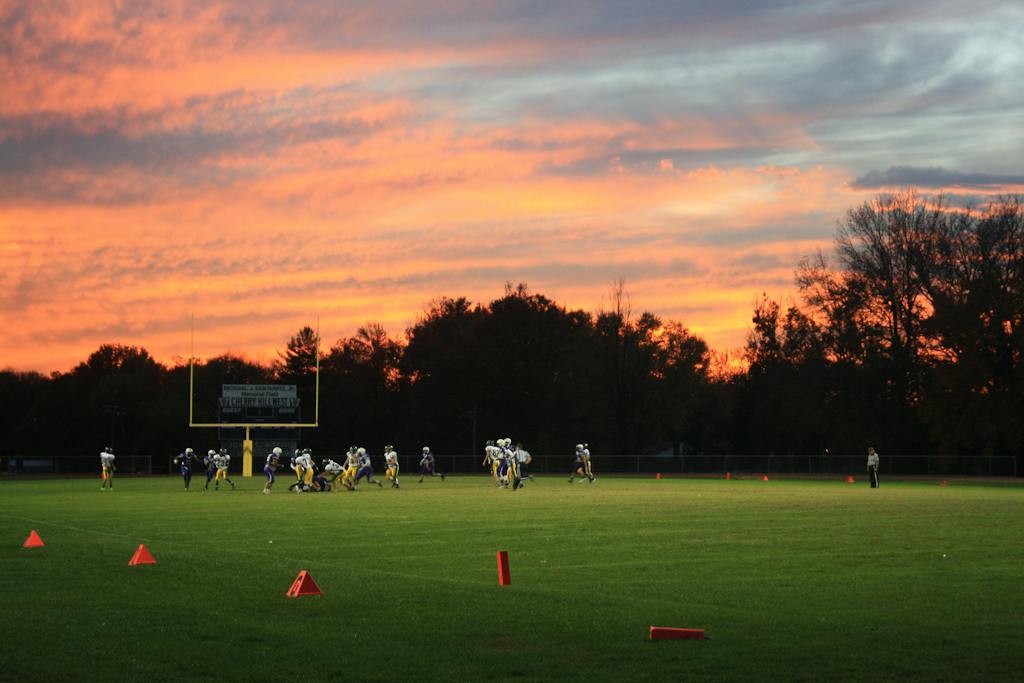As we wrap up the fourth full year of living with COVID, it is high time to reflect on how students are recovering in North Carolina from the learning loss wrought by its impact.
A spot of good news: NC children are experiencing a slow recovery, according to a state report released in early January. But, the fact of the matter is that they are still not doing as well as they should be, and their “slow” recovery is, in fact, too slow.
A press release containing the state report noted North Carolina’s successes:
“The 2023 Year-Over-Year State Analysis Report indicates further progress toward the recovery thresholds, meaning that North Carolina schools are steadily continuing to recover from the pandemic with gains virtually across all grades and subjects. … On average, the data shows that North Carolina schools are showing signs of academic recovery in nearly every subject – with the strongest gains measured in EOG Reading Grade 3. Notable gains are also found in reading and math for grades 3-5 and science grade 5.”
This is promising, though it is not yet worthy of celebrating. Proficiency rates dropped so drastically since the pandemic, that even steady improvement has not brought them close to what they once were. And, they were too low to begin with.
It must also be mentioned that these positive scores are based on a new metric imposed by the NC DPI. Rather than simply compare pre-pandemic to post-pandemic scores as they did in the past, the changes from year to year are now front and center. That slow improvement is therefore more readily apparent, yet the amount of work still ahead of the state is less so.
In other words, the fact that students’ scores are still drastically lower now than in pre-pandemic years is overshadowed by the otherwise good news that they are slowly recovering from their learning loss.
As a result, the state will not meet its original goals as laid out in the Every Student Succeeds Act.
In 2018 (before the pandemic), the NC Board of Education set the goal of increasing students’ test scores by 20 points in each subject over the next decade. Clearly, this did not take into account the possibility of a devastating, worldwide pandemic. Despite that, the solution since seems to have been revising these goals to be less rigorous.
The truth is, changing the original goal to what we are “striving” for now does not deserve to be called success, even if scores are going up. Progress, yes, considering how far down the field COVID kicked us during its height. Any yards gained are progress. But, we do not get to move the endzone 50 yards up and call crossing into it a touchdown. We must instead work harder to gain back the yards we lost, and then some.
Recovering from learning loss and improving student outcomes do not happen overnight. They come with time, the right kind of effort, and the right kind of expenditures. To that end, can state financing be used to hasten the recovery that we desire to see for our students?
The answer, according to an edition of Georgetown University’s Edunomics Lab weekly Newsletter, is yes. They present five ways to ensure that money allocated to school districts by state legislatures is spent wisely, with student recovery and success in mind:
- Discussing student outcomes and budget decisions in relation to each other, during the same meeting (rather than at separate times).
- Requiring school board members to be trained in finance – too often, school board members lack the capacities to make good budgeting decisions, simply because they do not know the nuances that come with doing so.
- Being more responsible with benefits, rather than frivolously increasing them and failing to report doing so.
- Requiring school boards to publish their budgets multiple years in advance, thus forcing them to operate according to a vision, rather than spur-of-the-moment decisions.
- Taking special care to support fiscally mismanaged districts – it is the state government’s responsibility to intervene (by way of vigorous audits, for example) when money is not spent wisely.
As it arguably should be, traditional K-12 funding is the largest expenditure in North Carolina’s current budget. But, this means nothing if money is frivolously spent and quasi-victories are too eagerly celebrated. The state has a responsibility to ensure that our students are put back on track as quickly as possible. From there, the endzone must be pushed further back; disctricts should set their sights back on the original goal of drastic improvement. Even if it cannot be reached by the proposed deadline, it should still be the North Star that the state runs toward.

